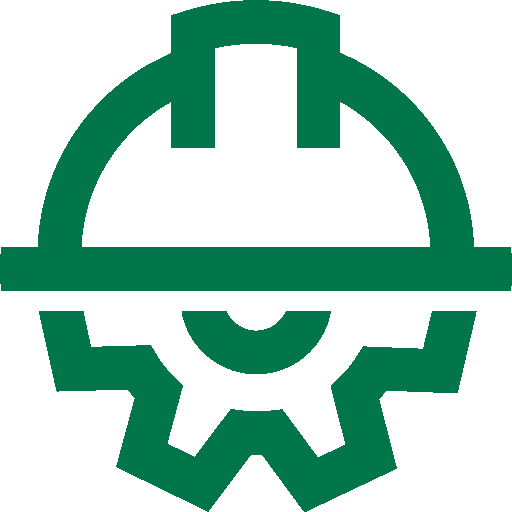 Whether you run a small private business or you are director of a large corporate, the business challenges you face are pretty much the same, with the difference being a matter of scale. Crucially however, small businesses do not generally have access to well rounded, integrated IT systems to support them in their daily battles and long term strategy planning, let alone the staff to run them.
Whether you run a small private business or you are director of a large corporate, the business challenges you face are pretty much the same, with the difference being a matter of scale. Crucially however, small businesses do not generally have access to well rounded, integrated IT systems to support them in their daily battles and long term strategy planning, let alone the staff to run them.
For the ‘big boys’ and from the ‘big boys’ sophisticated enterprise class software applications can be procured and implemented. These large systems, which come with a large price tag and consume huge amounts of management time can, despite these facts, show excellent return on investment because of the economies of the large scale enterprise. Returns such as in increased productivity, better financial controls, and targeted investments all can conspire to produce increased customer loyalty and ultimately increase in sales and profit.
Small and medium sized businesses (SMEs) on the other hand are managing to survive despite their often very limited IT infrastructure. Small business leaders are putting their time and talents and great skill to maximize the benefit of what they have available to them. This unfortunately usually means long days, with rolled sleeves, knitting together and trying to make sense of commercial transaction data and management information residing on spreadsheets, word processors and standalone accounting systems. Just imagine what they could achieve without this drain on their time.
As an accountant myself and having worked for many types of businesses, small and large, employed to improve business processes, I have often faced the choice of either going out and implementing an expensive heavyweight or to try my luck and stitch together a range of smaller systems. Neither of these two options was particularly palatable, and the reality was there is only one choice that could pass the ROI test.
With the introduction of a very different economic model, where costs are shared across many consumers or subscribers of a single service, a third way can however be achieved. Sharing the IT infrastructure costs and associated maintenance across many users can generate economies of scale required to allow smaller businesses share in an enterprise class service without the enterprise cost. The ‘TCO’ or Total Cost of Ownership based on this model can show significant savings when compared to owning and managing self hosted and maintained IT systems, assuming the skills and infrastructure is available in the first place.
With the advancement in internet technologies, ‘Cloud computing’ or ‘Software as a Service’ (SaaS) it is now possible to take advantage of such an economic model. Workbooks is an example of such a service, and competes successfully in this space with the ‘Prospect to Cash’ CRM offering. Workbooks long term will extend far beyond CRM; however the vision of an integrated platform, delivering rich business process functionality is already visible in the Workbooks CRM and Business Editions.
As the Workbooks Product Manager with an accounting upbringing, I am very excited about my future with Workbooks. We will continue to listen to our chosen markets, understand the huge benefits of a single integrated platform and deliver our software in the most efficient cost effective way. We understand that SMEs have the same problems as large enterprise, the numbers are just smaller.










